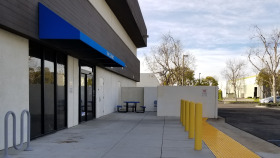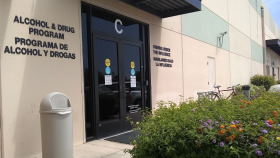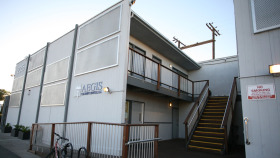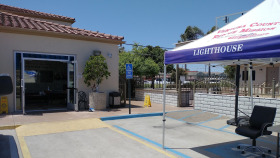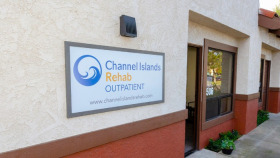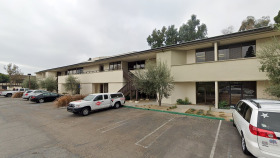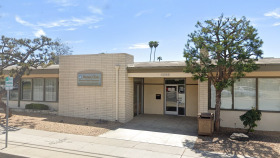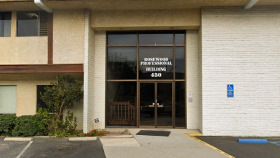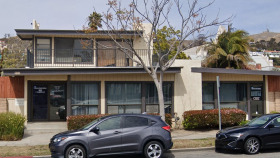Expert Insights
Dr.Tipu Khan says, for the first time ever, he’s doing more autopsies on accidental deaths caused by fentanyl now than natural deaths.In Oxnard, he says that back in 2016, there were only 116 overdose deaths. In 2021, however, there were as many as 270 in the area. That’s an astounding 132% increase in just over five years. And again, fentanyl is to blame. Dr. Khan says that the drug wasn’t really a big deal until after the Covid pandemic. I think the link is obvious and undeniable at this point.
~ Natalie Baker
Cost of Drug Rehab in Oxnard
The cost of alcohol and drug rehab in Oxnard depends on numerous variables, such as where the facility is located and what the cost of living is in that area.
Some addiction treatment centers provide all your daily needs while you engage in 24/7 therapy in an inpatient program, including meals and a place to stay away from home. Other programs offer fewer services, most or all of which are generally covered by health insurance.
There are various ways to pay for care, such as your job-provided health insurance or by starting a crowdfunding page. You could also try to finance your recovery, some Oxnard alcohol rehabs offer payment plans or have access to scholarships for people with no other way to pay for treatment.
Low-Cost and Free Drug Rehab Centers in Oxnard
State-funded rehabs help people without insurance and little funds to pay for care. They’re funded by federal, local, and non-profit agencies across the country dedicated to helping battle addiction.
If you have an income lower than federal poverty standards, then you probably qualify for state-funded programs near you.
Call your local health and human services office to be referred to a low-cost drug rehab in Oxnard, or ask your healthcare provider for a substance use assessment and a referral to a local low-cost or free rehab.
Oxnard, CA, Alcohol and Drug Use Statistics
The U.S. Drug Enforcement Administration and the Centers for Disease Control and Prevention keep track of the direct impact of drug and alcohol use in different localities. Here are some recent statistics about Ventura County, where the city of Oxnard is located:1,2

The rate of drug overdose deaths rose nearly 40% from 2018 to 2020
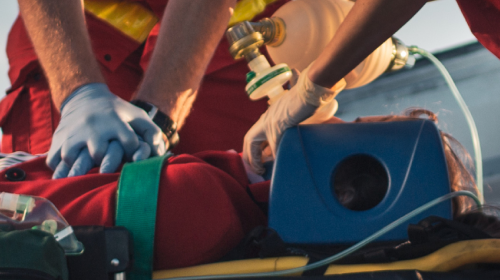
Alcohol-related deaths also increased during that time by almost 30%
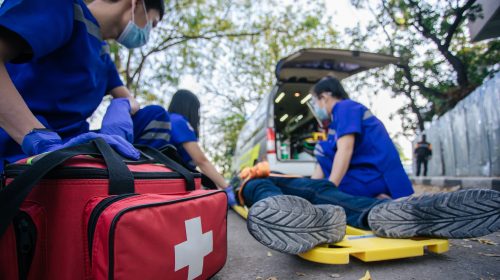
Ventura County had the 12th highest rate of alcohol-related deaths in 2020.
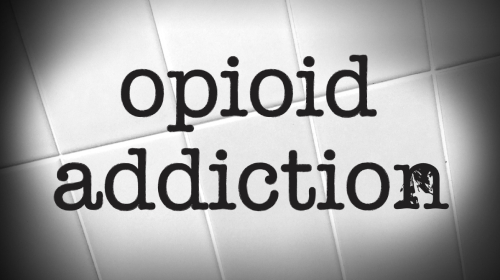
The DEA found that, in 2019, the drug fentanyl posed the worst threat in the Oxnard area
Drug and Alcohol Laws in California
Due to the rising crime and overdose deaths related to drug and alcohol use in the state, California has several policies in place to help citizens seek alcohol and drug rehab in California.
SB-855 Health Insurance Bill: The SB-855 bill enables greater access to SUD treatment.10 This includes requiring health insurance companies to pay for services provided in rehabs and prohibits discrimination against those with a SUD or mental health disorder by insurance companies as well as employers.
Proposition 36 Jail Diversion Program: Proposition 36 enables people that commit low-level drug-related crimes to be admitted into a rehab program and on probation instead of spending an extended time in jail.11 If you qualify for this program, your attorney or public defender will let you know.
AB-472 Good Samaritan Overdose Law: The Good Samaritan Overdose law was created to encourage people to seek emergency services if they witness or experience an overdose.12 It provides a level of protection against legal prosecution if you’re found to be carrying or using illegal substances, as long as you provide full cooperation with first responders.
California Family and Medical Leave Law: Mirroring the federal Family and Medical Leave Act (FMLA), California’s leave laws require most companies to provide a minimum of 12 weeks of unpaid leave to employees to address medical issues, including substance use disorder.13 Companies with less than 50 employees or those in a location with few employees in the area may not be required to follow this law.
Resources
- FindTreatment.gov. (n.d.). FindTreatment.gov.
- Drug Enforcement Agency. (2022). Operation Engage Southern California.
- Center for Disease Control. (2022). Drug Overdose Mortality by State. CDC Wonder.
- Center for Substance Abuse Treatment. Substance Abuse: Clinical Issues in Intensive Outpatient Treatment. Rockville (MD): Substance Abuse and Mental Health Services Administration (US); (2006). Chapter 3. Intensive Outpatient Treatment and the Continuum of Care.
- Substance Abuse and Mental Health Services Administration. (2022). Medication-Assisted Treatment.
- Substance Abuse and Mental Health Services Administration. (2022). Methadone.
- Substance Abuse and Mental Health Services Administration. (2022). Buprenorphine.
- Substance Abuse and Mental Health Services Administration. (2022). Naltrexone.
- National Alliance on Mental Illness. (2022). Antabuse.
- National Alliance on Mental Illness. (2022). Acamprosate.
- California Legislative Information. (September 9, 2020). SB-855 Health Coverage: Mental Health or Substance Use Disorders.
- California State Legislative Analyst’s Office. (2000). Proposition 36. Drug Treatment Diversion Program. Initiative Statute.
- California Legislation. (2011-2012). AB-472 Controlled substances: overdose: punishment.
- Employment Development Department. (2022.) Family and Medical Leave Act and California Family Rights Act FAQs.



